
Sir Winston Churchill once described Stalin’s Russia as “a riddle, wrapped in a mystery, inside an enigma.” In some ways, the same is true of the old Joshua Stevens arms company (Stevens Arms), and in particular, some of the finer rifles it produced in its heyday. One such is a rifle named “Lucile.”
Lucile is a Stevens Model 52 Schützen Junior, produced around 1902, chambered for the then-hotshot .28-30-120 Stevens cartridge, fitted with a palm rest and adorned with lovely walnut and a unique pattern of engraving. It’s a no-holds-barred Schützen rifle from the heart of that wonderful era, when Harry Pope was plying his trade and legendary names like Rowland and Farrow were astonishing the country with their marksmanship.
That is all I know for certain about this intriguing rifle. All the other details of its past life are lost in the swirling fog that is the history of the J. Stevens Arms & Tool Co.
For those unfamiliar with Stevens history, the name as it now exists – an economy brand owned for a century by Savage – does not even begin to suggest what it once was. Up until 1914, Stevens was one of the most prominent and respected names in American gunmaking. During the Great War (1914-18), it was engaged in military production. When it ended, with the remaining contracts cancelled, the American arms industry began to sort itself out, and the Stevens name and assets were acquired by Savage.
Denne historien er fra September - October 2020-utgaven av Rifle.
Start din 7-dagers gratis prøveperiode på Magzter GOLD for å få tilgang til tusenvis av utvalgte premiumhistorier og 9000+ magasiner og aviser.
Allerede abonnent ? Logg på
Denne historien er fra September - October 2020-utgaven av Rifle.
Start din 7-dagers gratis prøveperiode på Magzter GOLD for å få tilgang til tusenvis av utvalgte premiumhistorier og 9000+ magasiner og aviser.
Allerede abonnent? Logg på
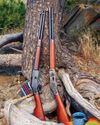
CIMARRON .32-20 Short Rifle & Carbine
In the heyday of Winchester Repeating Arms Company lever guns, it offered muskets, standard rifles, short rifles and saddle ring carbines.
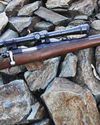
Remington's Model 722 and .222 Cartridge
It's easy enough to define what a varmint is, those pesky critters that tear up pastures, flower beds and all kinds of expensive crops people need for various reasons - most importantly, to make a living and/or something with which to feed themselves.

Coyote Bullets
What is Best for You?
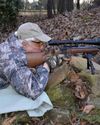
Remington's 5mm Rimfire Magnum
Shooting a Classic
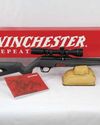
Winchester's New Wildcat
The Ultralight Rimfire Varmint Rifle

.223 Remington from .30-30 Winchester?
Multitasking for Varmints

LOADS FOR A .22 TCM
The .22 TCM first appeared commercially in 2012, chambered in a Rock Island Armory 1911-style handgun.
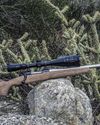
Everybody Loves Velocity
The 4,500-fps WSSM Project

A BOLT-ACTION FRANCHI 224 VALKYRIE
Testing New Loads
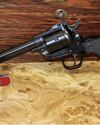
.22 Winchester Magnum Rimfire
Shooting Revolvers